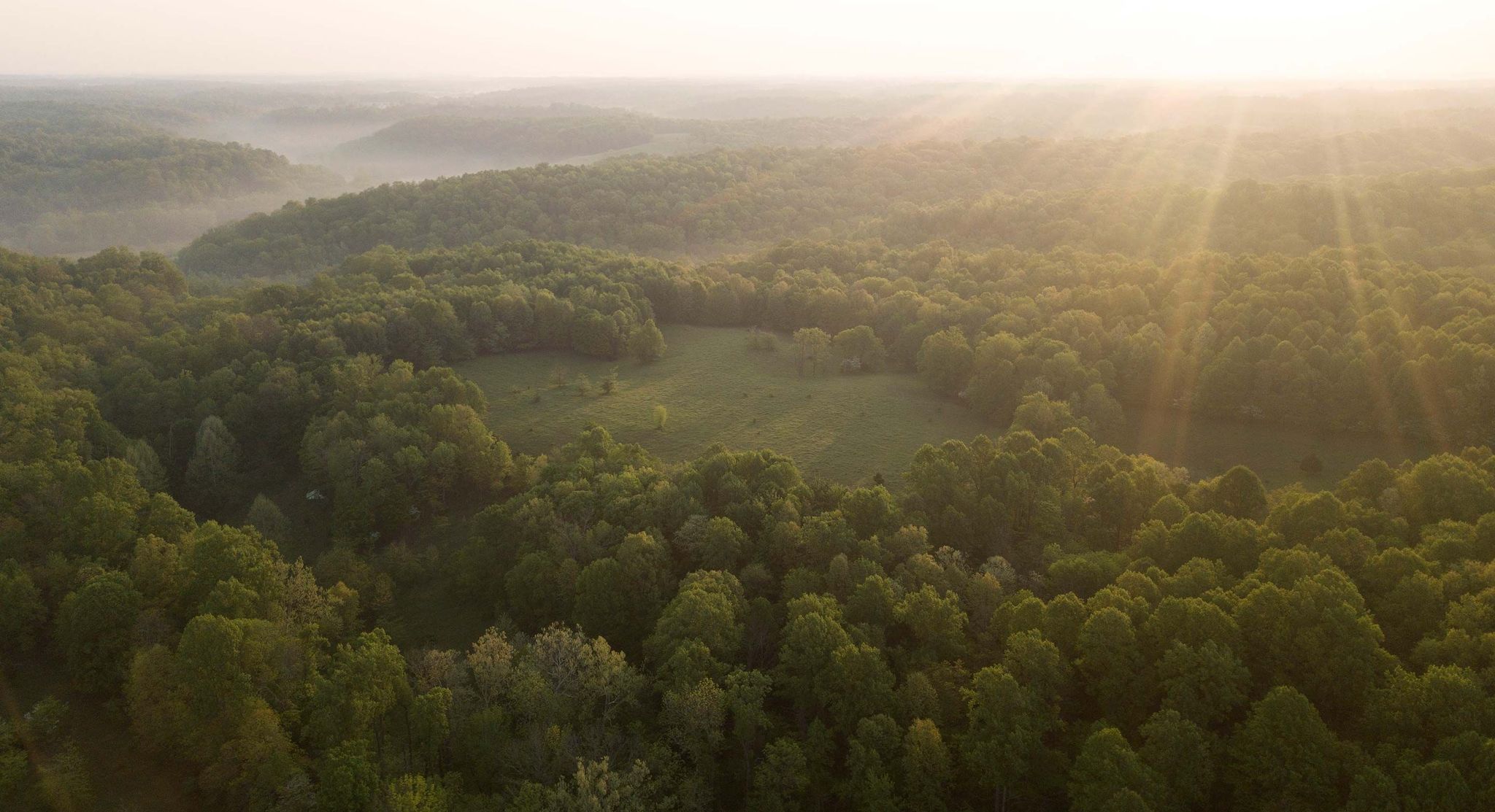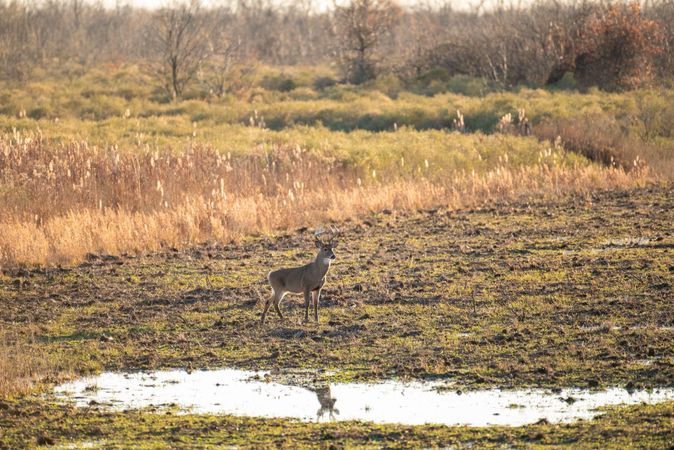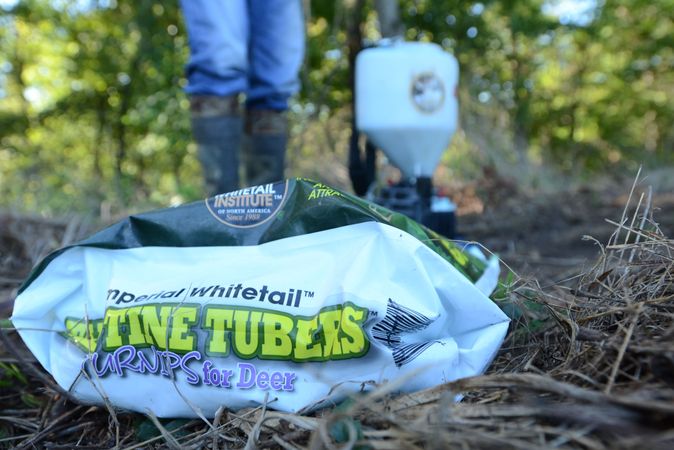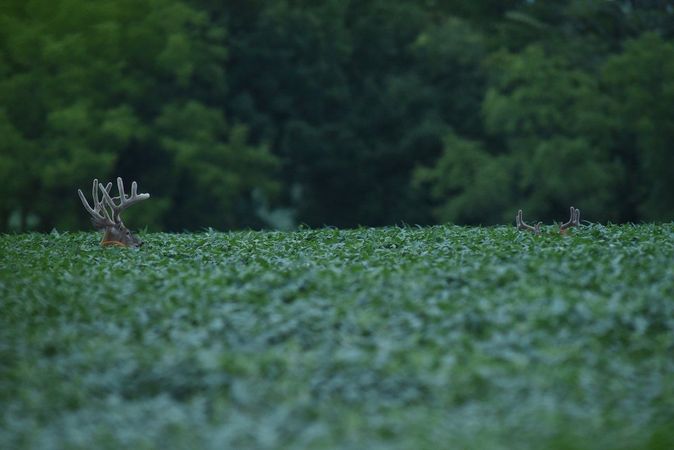Whitetail Deer Feeding Times
There has to be a very good reason we remove ourselves from a warm bed in the cold predawn darkness to go sit in a deer stand for several hours. Or brave inclement weather in the evenings to simply stare at a cornfield. Then there are the all-day sits from can’t see to can’t see urged on by nothing else but a front from the north. It’s because these are the major feeding times for whitetail deer--when we’re most likely to catch them moving. This is why we hunt.
Whitetail Deer Dawn Feeding
Deer patterns are different everywhere. On one property, they may stick to the woods in the morning and greenfields in the evening and elsewhere may be vice versa. Once you’ve figured this out, get as close to food sources as possible in the early hours. Like humans, deer want breakfast after a night’s sleep.
Morning After After a Full Moon
We see deer in the morning because they are moved by light and the need to feed. That is to say, unless the previous night was a full moon, in which case you’re only going to catch them going back to bed right at dawn, and that’s an awfully small window. Sleep in when the moon is full; deer will typically get back up to feed closer to noon.
Whitetail Deer Dusk Feeding
Time of the “gentleman hunter.” He who sleeps in, cooks a big breakfast for the diehards returning to camp at midmorning, watches a little college football then saunters out to an easily accessible, comfortable shooting house. Don’t blow a gasket when he kills the biggest bucks year after year. The universe is favorable to these laid-back types.
If you're in the stand during the major feeding times for whitetail deer, you'll up your chances of harvesting a buck.
Deer are again up on their feet and feeding in the evening; a whitetail deer's dawn feeding is rarely enough to sustain them for the entire day. If it’s the rut, hunt where does congregate. Bucks don’t really think about food during the chase, but does do. Position yourself either in or at the edge of a food plot or in between a bedding area and a food plot.
Whitetail Deer Feeding Times and Weather: Storm Fronts
Hunters watch the weather religiously. There’s nothing to support this claim, but the likelihood that the most used app on any hunter’s smartphone is the Weather Channel is pretty good. Coworkers rely on us for the forecast.
If you find yourself sitting in the office on a Monday and notice a downward temperature swing on Wednesday, get sick immediately. Deer will move while it’s cold, but there will be no better time to sit stand than while the front is entering the area. Get on one of your best food plots, wind-dependent, and sit as long as possible.
Cold and Winter Hunting
Once the cold has set in, deer will stay on a pretty normal pattern, not unlike how they moved throughout the summer. During the summer, there’s no pressure, so they do as they please. By applying cold, the herd will be forced to feed more frequently. As the rut nears, these are times when the all-day sit should at least come up for consideration. Pack a sandwich or two and a good book. Of course, don’t be disappointed when your friend, the “GH,” sends that maddening late-evening text asking you to come to help him drag out yet another wall-hanger.







